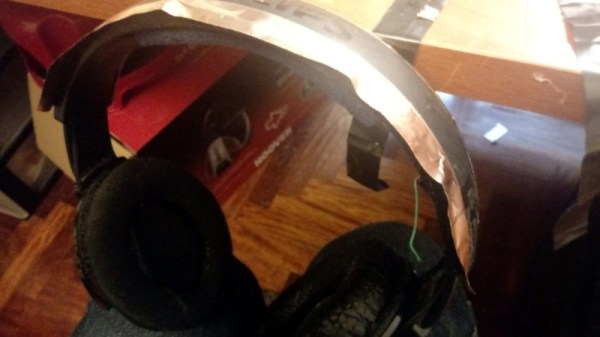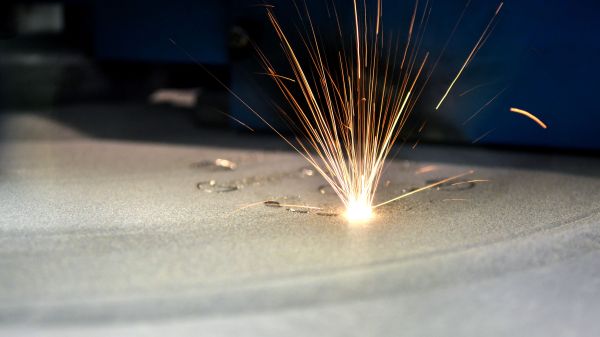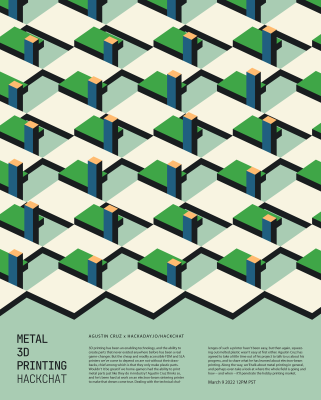Denial-of-Service (DoS) amplification. Relatively early in the history of the Internet — it was only 14 years old at the time — the first DoS amplification attack was discovered. [TFreak] put together smurf.c, likely in 1997, though it’s difficult to nail the date down precisely.
The first real DoS attack had only happened a year before, in 1996. Smurf worked by crafting ICMP packets with spoofed source addresses, and sending those packets to a network’s broadcast address. A host that received the request would send the packet to the target, and if multiple hosts responded, you got a bigger DoS attack for free. Fast forward to 1999, and the first botnet pulled off a Distributed DoS, DDoS, attack. Ever since then, there’s been an ongoing escalation of DDoS traffic size and the capability of mitigations.
DNS and NTP quickly became the popular choice for amplification, with NTP requests managing an amplification factor of 556, meaning that for every byte an attacker sent, the amplifying intermediary would send 556 bytes on to the victim. You may notice that so far, none of the vulnerable services use TCP. The three-way handshake of TCP generally prevents the sort of misdirection needed for an amplified attack. Put simply, you can’t effectively spoof your source address with TCP.
There are a pair of new games in town, with the first being a clever use of “middleboxes”, devices like firewalls, Intrusion Prevention Systems, and content filters. These devices watch traffic and filter content or potential attacks. The key here is that many such devices aren’t actually tracking TCP handshakes, it would be prohibitively memory and CPU intensive. Instead, most such devices just inspect as many packets as they can. This has the unexpected effect of defeating the built-in anti-spoofing of TCP.
An attacker can send a spoofed TCP packet, no handshake required, and a vulnerable middlebox will miss the fact that it’s spoofed. While that’s interesting in itself, what’s really notable is what happens when the packet appears to be a request for a vulnerable or blocked resource. The appliance tries to interrupt the stream, and inject an error message back to the requester. Since the requestor can be spoofed, this allows using these devices as DDoS amplifiers. As some of these services respond to a single packet with what is essentially an entire web page to convey the error, the amplification factor is literally off the charts. This research was published August 2021, and late February of this year, researchers at Akamai have seen DDoS attacks actually using this technique in the wild.
The second new technique is even more alien. Certain Mitel PBXs have a stress-test capability, essentially a speed test on steroids. It’s intended to only be used on an internal network, not an external target, but until a recent firmware update that wasn’t enforced. For nearly 3,000 of these devices, an attacker could send a single packet, and trigger the test against an arbitrary host. This attack, too, has recently been seen in the wild, though in what appears to be test runs. The stress test can last up to 14 hours at worst, leading to a maximum amplification factor if over four billion, measured in packets. The biggest problem is that phone systems like these a generally never touched unless there’s a problem, and there’s a decent chance that no one on site has the login credentials. That is to say, expect these to be vulnerable for a long time to come. Continue reading “This Week In Security: DDoS Techniques, Dirty Pipe, And Lapsus$ Continued” →



















